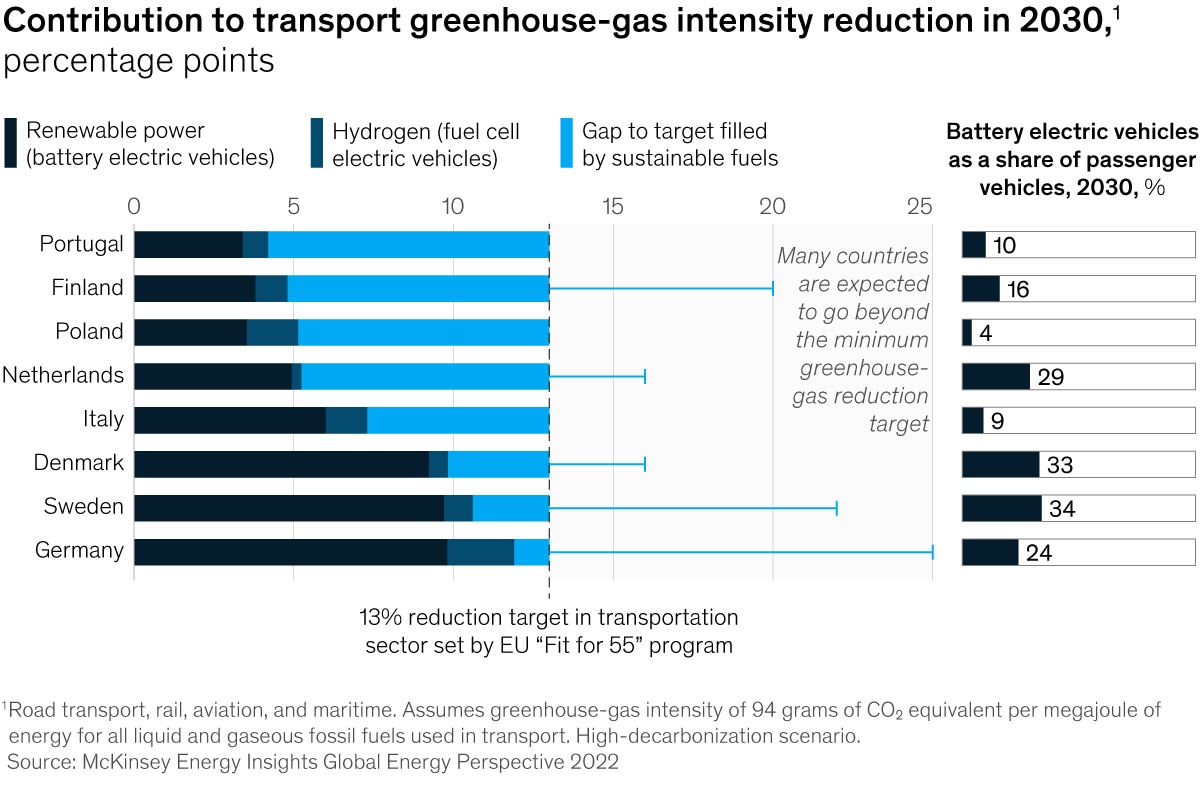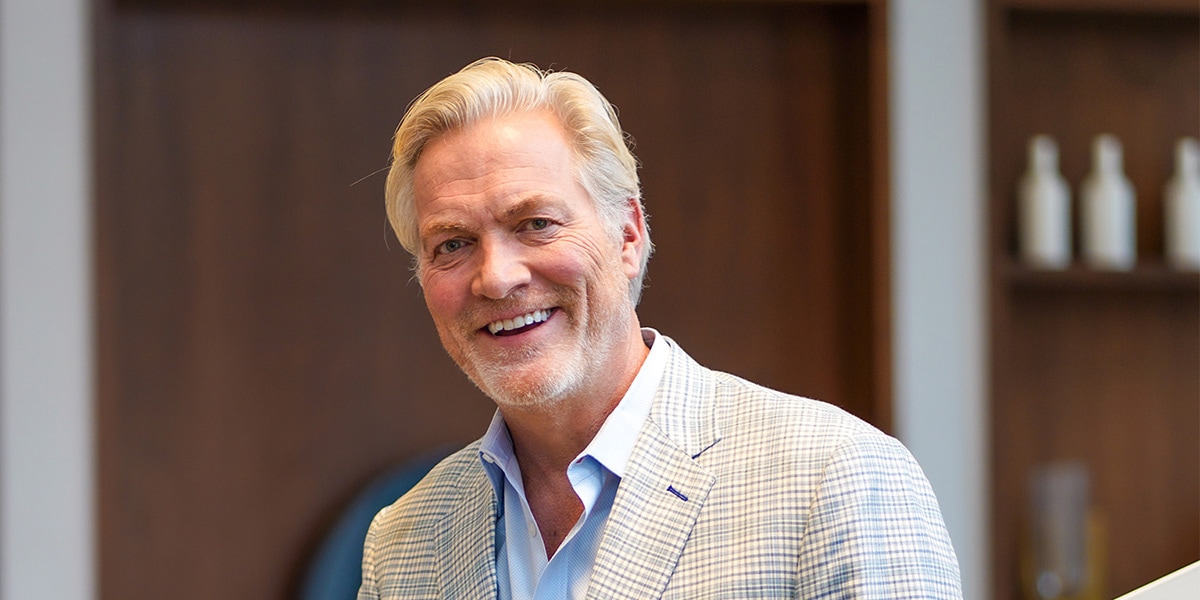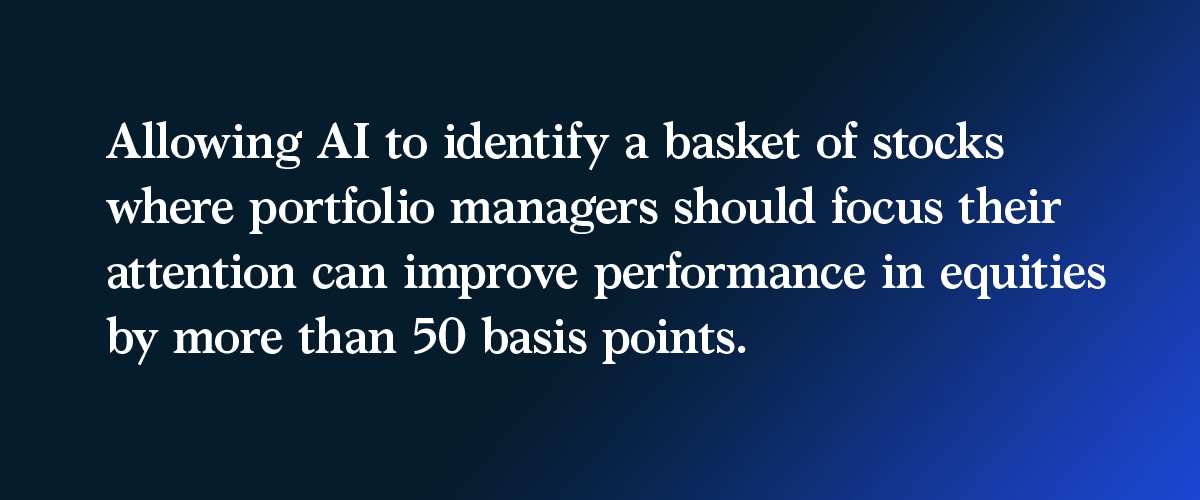| Our best ideas, quick and curated | July 22, 2022
|
| This week, snippets of wisdom from a wide range of Asia’s business leaders interviewed by McKinsey since the pandemic began. Plus, the future of health equity, and six secrets of profitable airlines (yes, there are a few). |
|
|
|
| Stepping back. Business leaders in Asia have been focusing on some big issues, from the threat of climate change to sluggish infrastructure development to the rise of a new, digitally savvy generation. While the region’s dynamism is a given, leaders have had to navigate these challenges against the backdrop of a pandemic that has left no aspect of business or society untouched. In the video series Leading Asia, McKinsey asks some of Asia’s most influential business voices what they have learned from navigating the past few years of choppy waters and what they see as the greatest opportunities ahead for the region. |
| New ground. Top of mind now for the business leaders McKinsey has spoken with are how to tackle the weaknesses in performance among Asian companies that preceded the pandemic and how to position themselves for success in an era shaped by accelerating technological change. There is no question that in such a competitive region, new opportunities are arising in services, digitization, and technology that demand new capabilities. Against this backdrop, CEOs are shifting priorities and revisiting their own leadership journeys. |
| Reconnecting with purpose. Sumant Sinha, managing director of ReNew Power, India’s largest renewable-energy company, discusses his company’s position amid Asia’s energy transition: “We’re working to further our purpose and expand our role in civil society by starting more conversations about the need for a clean-energy transition and creating more pressure to make that transition.” India’s success will hinge on equality, Sinha notes: “I feel a personal responsibility to advance gender equality, but this is not just about doing the right thing. India will not realize its growth potential without achieving gender equality, including in the workplace.” |
| ESG as a core value. Karen Wood, chairwoman of South32, has devoted much of her time to environmental, social, and governance (ESG) issues, including what steps the Australian diversified resources company is taking to prepare for a low-carbon future and the opportunities for multistakeholder collaboration to tackle some of the world’s pressing challenges. “A clear purpose statement is a unifying statement and a benchmark to test decisions,” Wood tells McKinsey. “Ours is built off of three planks. First, to make a difference by developing natural resources to improve people’s lives. Second, to [consider the impact] on future generations. Third, to earn the trust of our owners and our partners so they know that we realize the value of their resources.” |
| Digital past, present, and future. Jessica Tan, co-CEO of Ping An, has been an architect of the Chinese conglomerate’s digital-ecosystem-based business model. In an interview, Tan discusses how the digital transformation in Asia is affecting professional services, as well as the synergies that big and small companies can share in digital ecosystems. When asked to picture Asian business in 2030, she says that we can expect digital to continue to blur industry lines, supercharge scalability, and loosen geographical restraints for professional services. |
|
|

|
|
|
| PODCAST |
| The future of health equity |
| “Health equity means all of us having equal access to healthcare, regardless of one’s circumstances, zip code, economic situation, or level of support.” So says Daniel E. Greenleaf, president and CEO of healthcare services company ModivCare. US-based ModivCare provides a platform of integrated supportive-care solutions, including nonemergency medical transportation, personal-care services, remote monitoring, and meals, for public and private payers and their patients. In this episode of the McKinsey on Healthcare podcast, Greenleaf talks about his family’s emphasis on service and how that shaped his mindset. |
|
|

|
| MORE ON MCKINSEY.COM |
| The six secrets of profitable airlines | The airline industry has failed to earn its cost of capital in every year of its existence. Despite this overall weak performance, however, a small group of airlines managed to create shareholder value. We look at six things they do right.
|
| Your questions about automation, answered | A new survey sheds light on the state of automation, the benefits that it brings, and best practices for scaling automation technologies successfully. |
| A single approach to culture transformation may not fit all | It can be hard for organizations with many independent business units to achieve cohesion among them and transform their culture. Remember: it’s better to bend than to break. |
|

|
|
|
| — Edited by Barbara Tierney |
|
|
|
| BACKTALK |
| Have feedback or other ideas? We’d love to hear from you. |
|
 |
|
|
Did you enjoy this newsletter? Forward it to colleagues and friends so they can subscribe too.
Was this issue forwarded to you? Sign up for it and sample our 40+ other free email subscriptions here.
|
|
|
This email contains information about McKinsey’s research, insights, services, or events. By opening our emails or clicking on links, you agree to our use of cookies and web tracking technology. For more information on how we use and protect your information, please review our privacy policy.
|
|
You received this email because you subscribed to The Shortlist newsletter.
|
|
|
|
Copyright © 2022 | McKinsey & Company, 3 World Trade Center, 175 Greenwich Street, New York, NY 10007
|
|
|
|





